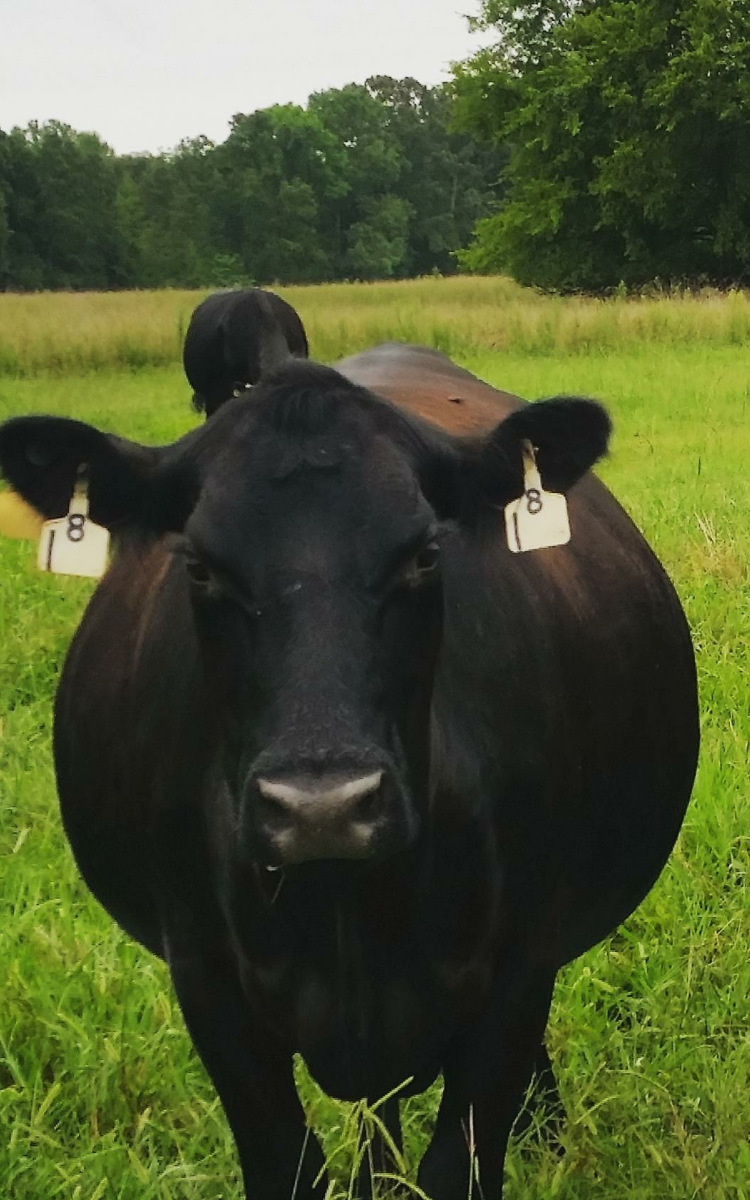

Dr. Saulo Zoca
Assistant Professor
Department of Animal Science
P: 931-486-2129
Producing replacement females is one of the most challenging and costly enterprises of a cow/calf operation. Heifers are the most critical stage of production and their developmental strategy can impact their whole productive life, including the length of their productive life. It is well known that heifers that conceive early and consequently calve early have a longer productive life and wean more pounds of calf. That was demonstrated in 1973 by Lesmeister and co-workers, and more recently by Cushman and co-workers (2013). The later, demonstrated that heifers that calved within the first 22 days of their first calving season stayed an extra year in the herd on average, thus producing an extra calf. Further, they demonstrated that these heifers that calved early also weaned a heavier calf compared to heifers that calved later for their first six calving seasons. In another study, heifers that were born early had increased pregnancy rates and more of those heifers were pregnant within the first 21-days of the breeding season compared to heifers that were born later. Thus, it is clear that heifer development has the potential to increase efficiency and profitability, and the benefit of calving early is cumulative, setting the operation up for a virtuous cycle.
It is important to remember that in order to pay their development cost, a beef female must wean 3 to 5 calves according to Clark and co-workers (2005). This number may be even larger depending on the inputs necessary for heifer development in each operation. In addition to that, when a female misses a calf (in other words, she doesn’t produce a calf every year) it is unlikely that she will recover that loss in revenue.
In an efficient scenario with a short breeding season, heifers must attain puberty before the beginning of their first breeding season (around 13-months of age), and conceive early (thus, calving within the first 21-days of the calving season). Then, these young females are expected to calve unassisted as a 2-year-old, raise and wean that calf and rebreed, while still growing and lactating. Several studies surveyed the percentage of heifers that were pubertal by the beginning of the breeding season, and results ranged from 19% to 100% of heifers being pubertal. It has been reported that heifers that were pubertal by the beginning of the breeding season, or became pubertal shortly thereafter had increased pregnancy rates. Further, there was an increase in fertility from the 1st pubertal cycle to the 3rd cycle of up to 21%. Combined, this highlights the importance of proper heifer development that can optimize the number (percentage) of heifers pubertal by the beginning of the breeding season.
Several factors can influence the onset of puberty, including genetics, nutrition, and growth. On the genetics side, larger breeds are associated with an older age and heavier weight when they become pubertal. Similarly, beef (e.g., Angus) breeds attain puberty at an older age than dairy (e.g., Holstein) and Bos indicus (e.g., Brahman) attain puberty at an older age than Bos taurus (e.g. Angus) breeds. It is possible, especially in late maturing breeds (e.g. Brahman-influenced cattle) to decrease age at puberty by early weaning those calves and providing extra energy. Nevertheless, in conventional (6 to 8 month) weaning systems, the rate-of-gain of heifers influences the age at puberty. Thus, it is recommended that heifers gain 1.25 to 1.75 pounds per day from weaning to breeding. In doing so, it is expected that heifers achieve 55% to 65% of their mature body weight and are in a body condition score of 5 to 6 (scale of 1 to 9 where 1 is emaciated and 9 is obese). Studies have reported that heifers that were developed to 55% or 65% of their mature weight had no difference in cow longevity through their 5th calf (length of study). However, when heifers were developed to a lighter weight (55%) and nutritionally restricted post-breeding, there was a decrease in retention of heifers until 5-years-old. Thus, regardless of percentage of mature weight that heifers are developed to (55% to 65%), they must reach 85% to 90% of their mature weight by the time they have their first calf around 2 years of age.
It is also recommended that heifers go through a pre-breeding evaluation around 4 to 6 weeks pre-breeding (contact your veterinarian for assistance). With this evaluation, one can confirm target growth (reach 55% to 65% of mature weight by breeding) and improve nutrition if necessary. Further, heifers are evaluated for pelvic area and reproductive tract score (RTS). The pelvic area is commonly measured during transrectal palpation by a Rice pelvimeter which measures the internal height and width of the pelvis. By multiplying these two values one can calculate the area of the pelvis. It is recommended that only heifers with very small (<130 to 150 cm2) or abnormally shaped (wider than taller) pelvis to be culled. The reason being that pelvic area is positively correlated with mature cow size, thus, selection for larger pelvic area will lead to an increase in cow size. Finally, the reproductive tract score exam evaluates the uterine horns and ovaries and a score of 1 to 5 is assigned to each heifer. A score of 1 means the heifer has an immature/infantile reproductive tract. As the score increases, the reproductive tract is further developed, where a score of 5 means the heifer is pubertal. The goal is for greater than 50% of heifers to be at a RTS 4 or 5 by 4 to 6 weeks pre-breeding. Research has demonstrated that heifers with a more advanced RTS (i.e. 4 and 5) have greater pregnancy rates to AI and final pregnancy rates, especially compared to heifers with RTS 1. Thus, when possible, heifers with RTS 1 should be culled to avoid unnecessary breeding expenses.
In summary, making sure heifers have appropriate nutrition throughout their post-weaning development guarantees that nutrition is not a limiting factor in heifers reaching puberty and becoming pregnant. A pre-breeding evaluation assists heifer management and allows the producer to make changes if necessary, especially to heifer nutrition. Thus, giving all the opportunities required for a heifer to become pregnant early, calve early, stay longer in the herd, as well as be more efficient and profitable.
